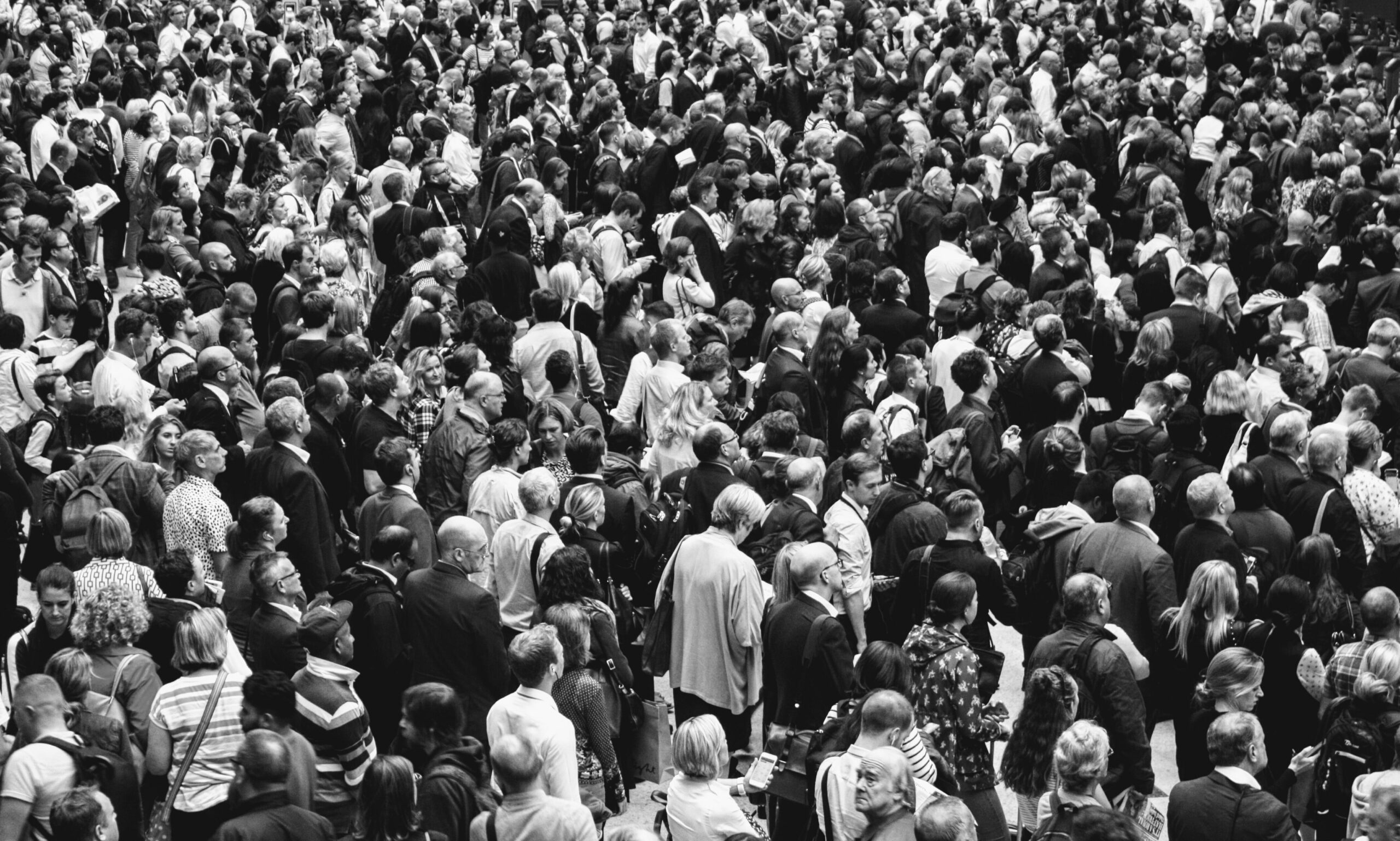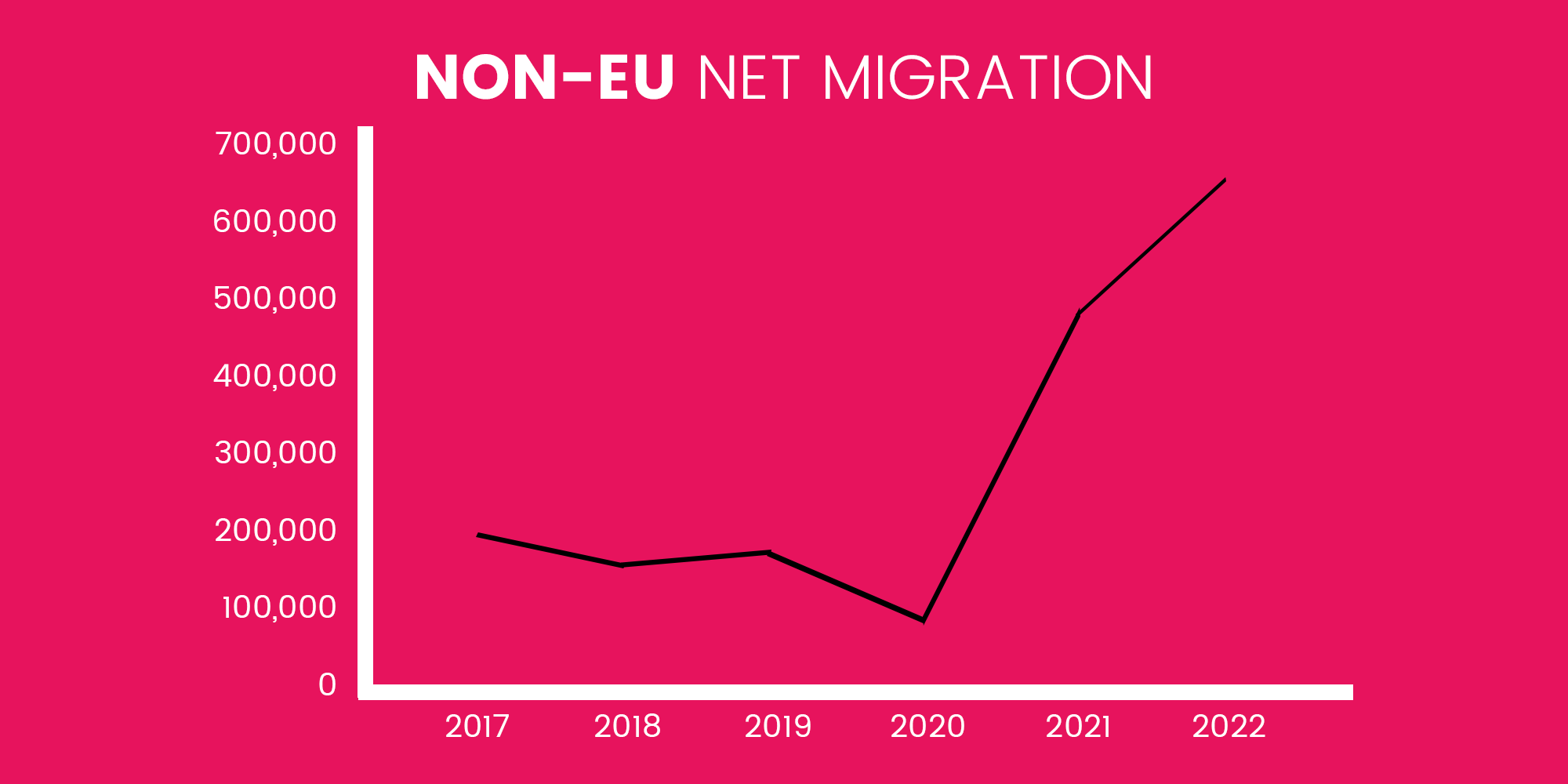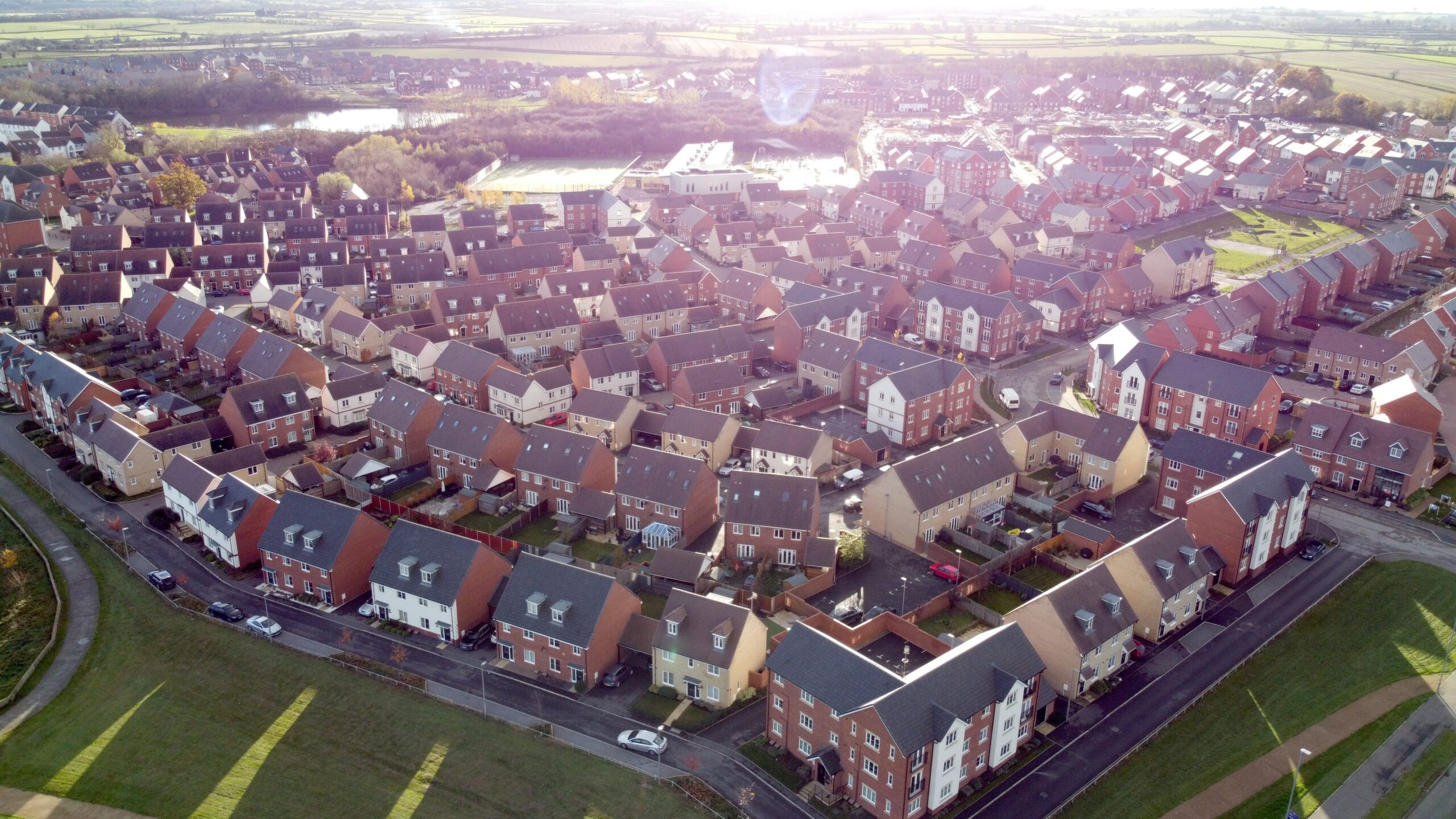What is the problem?
The issue is the huge scale and speed of immigration

1. Immigration is at record levels
visas granted in 2022
In 2022, 1.4 million visas were granted to foreign nationals to come and live in the UK, by far the highest on record.
The level of immigration needs to be reduced, and proper and effective control of the UK border must be restored.
2. Illegal immigration is rising
The number of detected illegal arrivals by small boat
- 2018 – 299 arrivals
- 2019 – 1,843 arrivals
- 2020 – 8,466
- 2021 – 28,526
- 2022 – 45,756
3. Net migration is rising
Over the last thirty years, Britain has undergone immigration on a scale never previously experienced.
In each year since 1994, the number of people migrating to the UK has been greater than the number of people emigrating.
4. Immigration is driving population growth
Population density
- England 434/km2
- Germany 238/km2
- France 123/km2
Britain’s population has increased by nearly 8 million in 20 years. About 6.7 million (85%) has been due to immigrants and the children of immigrants.
Britain’s population will grow to between 83 and 87 million by 2046 should the level of net migration be allowed to continue at 606,000 per year.
In a densely populated country like England, rapid population growth puts immense strain on housing, services, roads and public transport, while increasing the cost of land and housing.
5. Post-Brexit growth in immigration

A key promise at the Brexit referendum was to take back control of our borders.
Yet border control has been seriously weakened. Ever since its introduction, the ‘points-based’ system has served to keep immigration high.
The number of non-EU workers surpassed their EU counterparts for the first time in 2022, at an average of 2.7 million against 2.5 million workers last year.
6. Immigration is fuelling the housing crisis

High immigration since the late 1990s has helped to drive up house prices by 20 per cent.
Should the level of net migration be allowed to continue, Britain will need to build 6-8 million more homes by 2046.
There is simply not enough housing to go around, a phenomenon reflected not just in high house prices but also in surging rents.
7. Public services are under strain from immigration

Mass immigration to Britain is placing intolerable pressures on public services, especially health, housing, transport and education.
New residents sign up with their local GP and in areas where immigration is high this can lead to longer waiting times for GP appointments and treatments.
In parts of England there is intense competition for primary school places with too many pupils competing for too few places.
8. Immigration is a heavy cost to the taxpayer
“There is not a compelling long-term case for increased immigration purely in terms of economic benefits"
— Martin Wolf, Financial Times
In 2016-17, immigrants paid £4.3bn less in tax than what they took out in benefits and services.
Today, migrant workers are overrepresented in low-paying jobs, such as those in hospitality, transport and storage.
On top of this, you have the impact of immigration on roads and transport systems. In 2022, the average London driver lost £1,377 in congestion, while drivers across the country missed out on £707.
9. The downside of diversity

Cultural benefits from immigration undoubtedly exist. But beyond a certain point, immigrant diversity can hurt community relations if it leads to lower trust and poorer communication.
10. The democratic deficit
%
6 in 10 voters want a reduction in immigration
According to a recent YouGov poll, 60% think immigration has been too high over the past 10 years. Just 8% think it has been too low.
Other polling suggests the number who think it has been too high is even higher.
Politicians have consistently ignored the public’s growing concerns about immigration.
